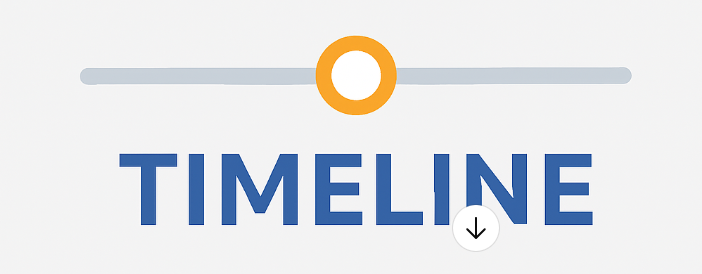EFFECT OF ADDITIONAL DRAGON FRUIT (Hyloceraus polyrhizus) EXTRACT ON ARTIFICIAL FEED ON THE BRIGHTNESS OF BETT FISH (Betta sp.)
DOI:
https://doi.org/10.29303/jfn.v1i2.474Keywords:
Betta Fish, Carotenoids, Brightness, Dragon Fruit ExtractAbstract
Betta fish (Betta sp.) is one type of ornamental fish that has a fairly high price. Color is one of the parameters in determining the value of ornamental fish. Dragon fruit can be used as an alternative to improve the color quality of fish. This study aims to determine the effect of adding dragon fruit extract to artificial feed on the brightness of the color of betta fish and to conclude the appropriate dose of dragon fruit extract to increase the brightness of the color of betta fish. This research was conducted for 45 days starting from April – May 2021 at the Laboratory of Aquaculture Study Program, Faculty of Agriculture, University of Mataram. The method used is a Completely Randomized Design (CRD) experimental method with five treatments and ten replications, namely P0 (without the addition of dragon fruit extract), P1 (addition of dragon fruit extract 0.25%), P2 (addition of dragon fruit extract 0.50 %), P3 (addition of dragon fruit extract 1.00%), P4 (addition of dragon fruit extract 1.50%). The highest brightness level of Betta fish is at P4 with a value of 30.02 and the lowest is at P0 as much as 11.55%. The highest carotenoid content was at P4 with a value of 8.56 mol/g while the lowest carotenoid content was at P0 with a value of 2.54 mol/g.Downloads
Published
2021-12-31
How to Cite
Wijaya, B. P. W., Setyowati, D. N. ., & Lestari, D. P. (2021). EFFECT OF ADDITIONAL DRAGON FRUIT (Hyloceraus polyrhizus) EXTRACT ON ARTIFICIAL FEED ON THE BRIGHTNESS OF BETT FISH (Betta sp.). Journal of Fish Nutrition, 1(2), 81–92. https://doi.org/10.29303/jfn.v1i2.474
Issue
Section
Articles






